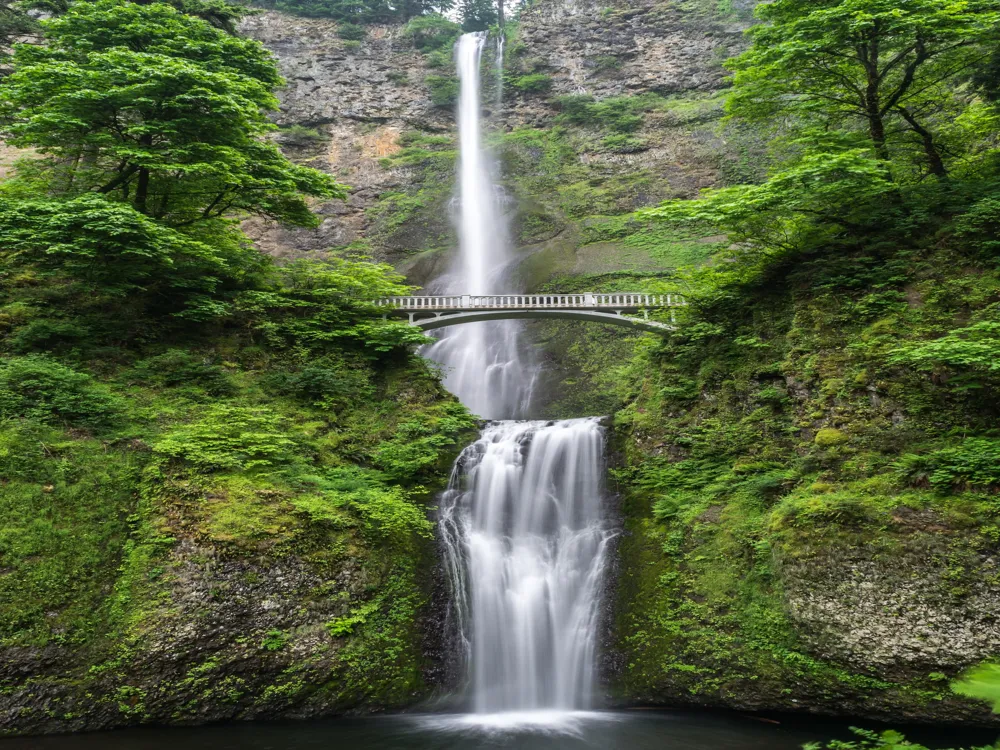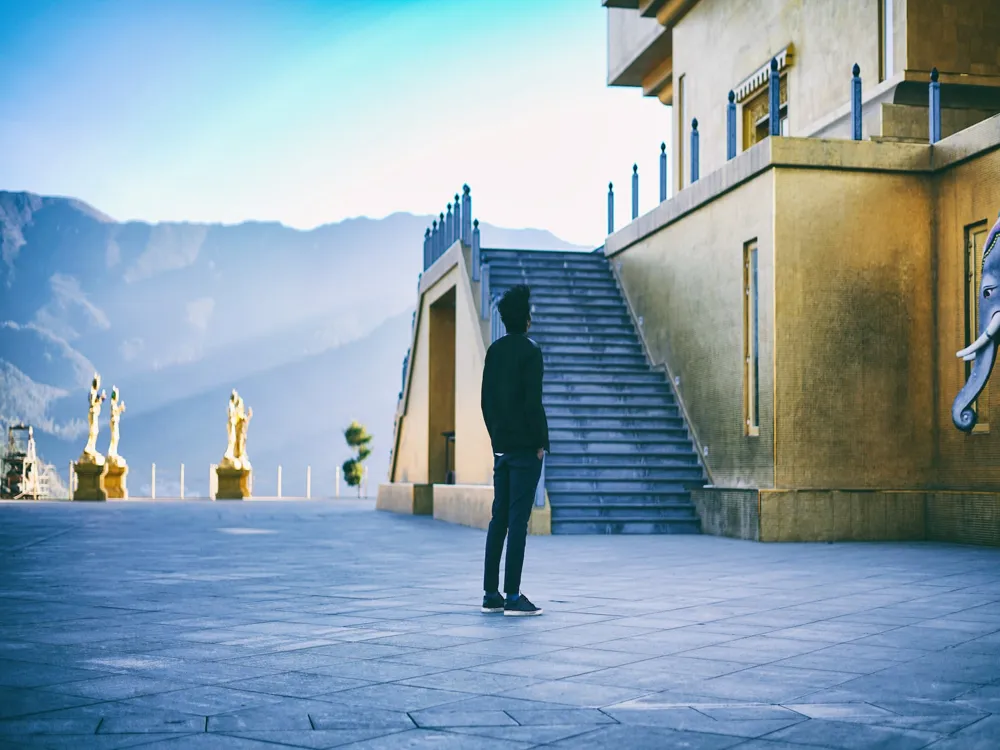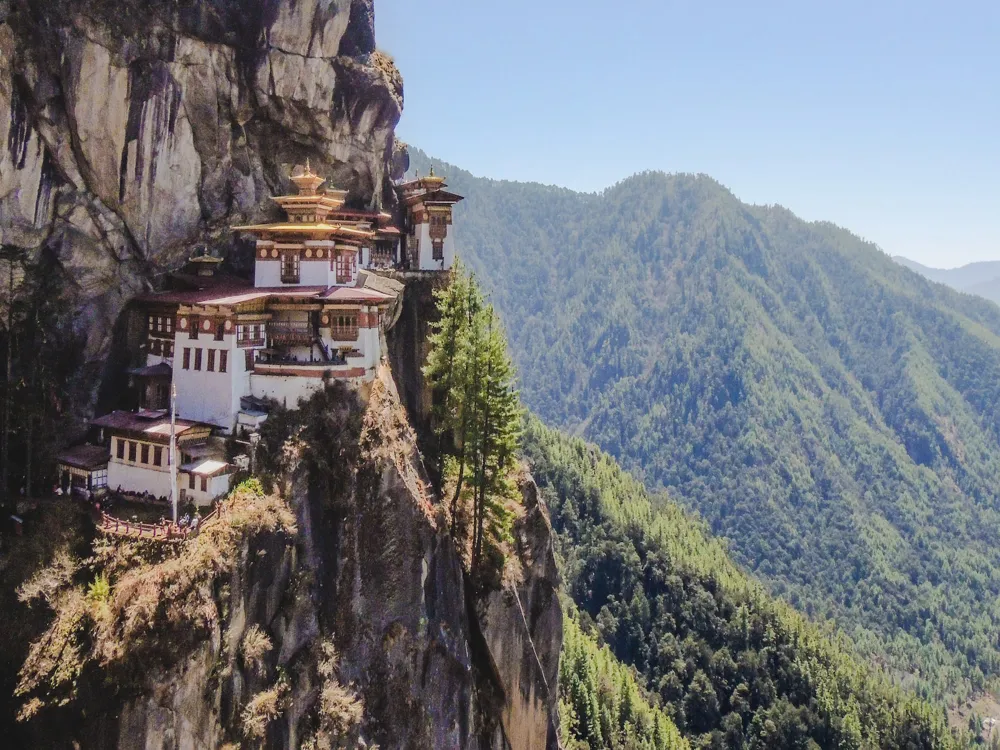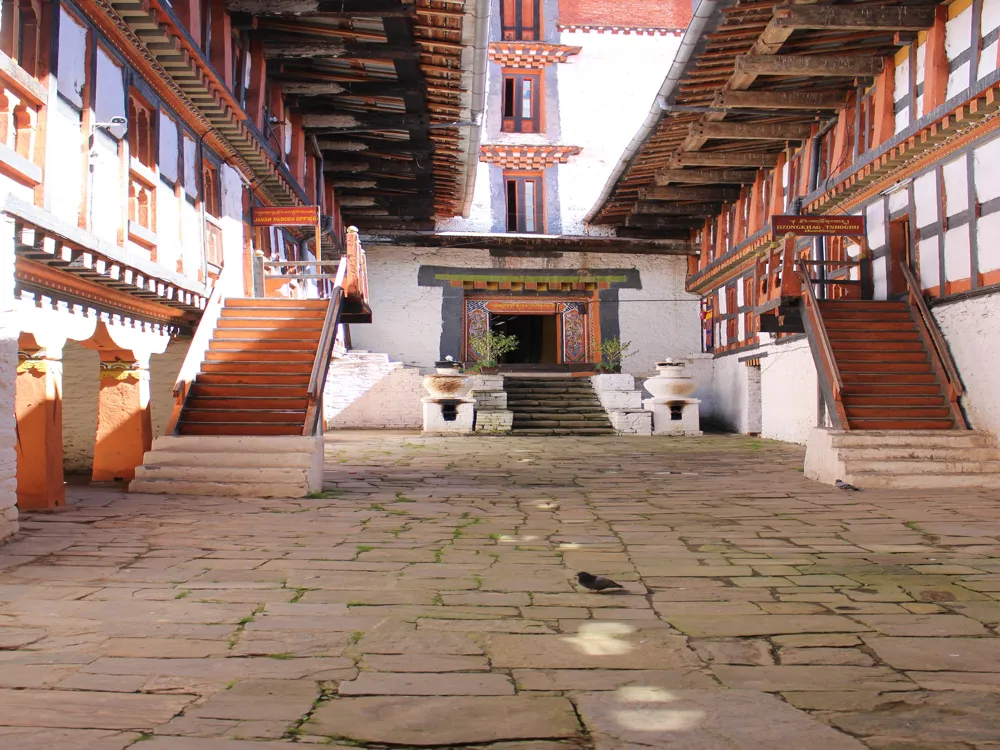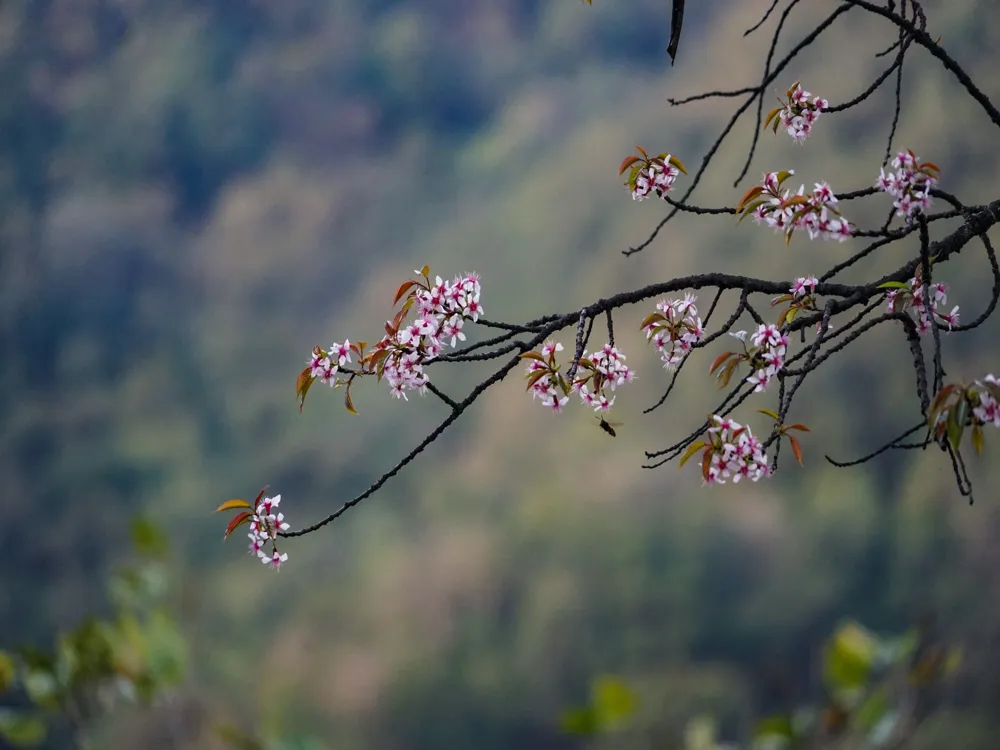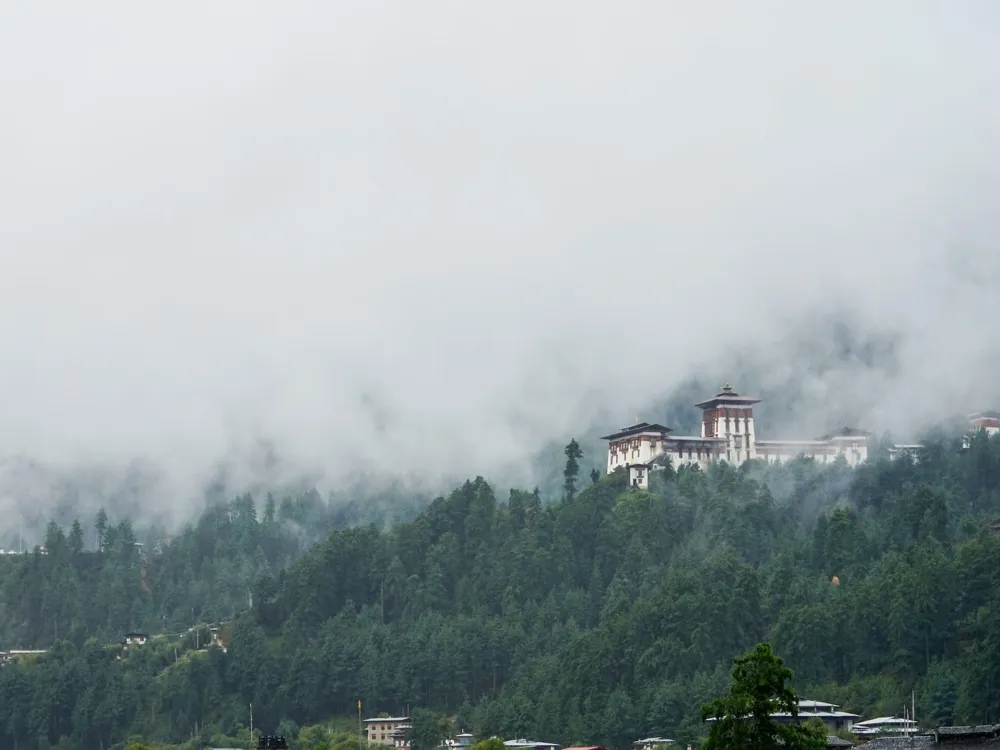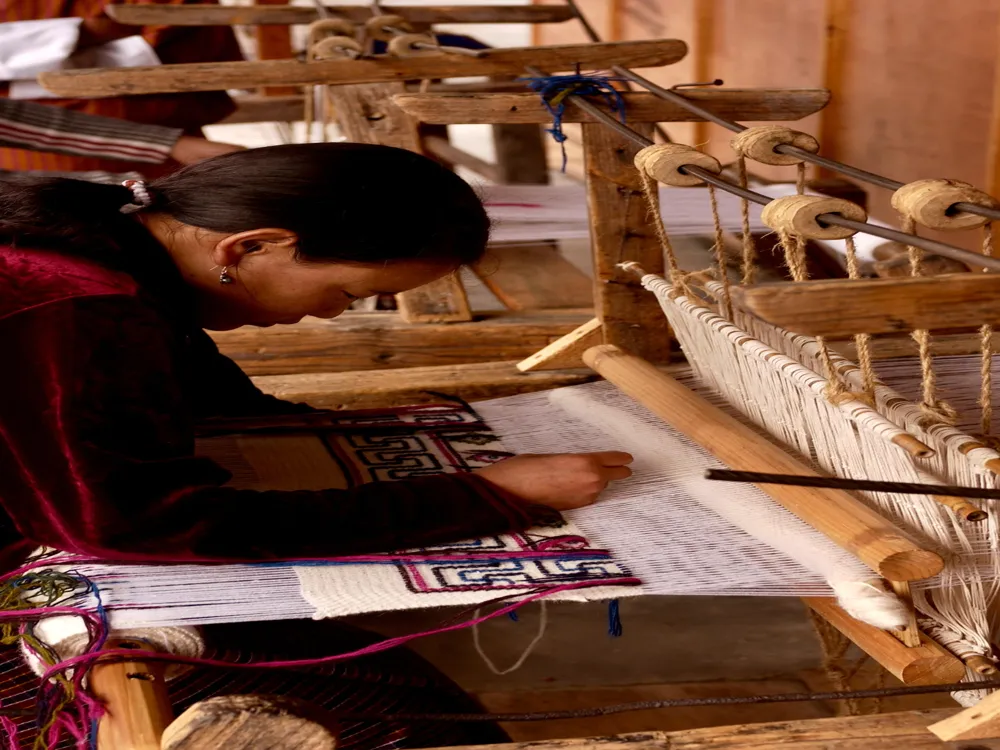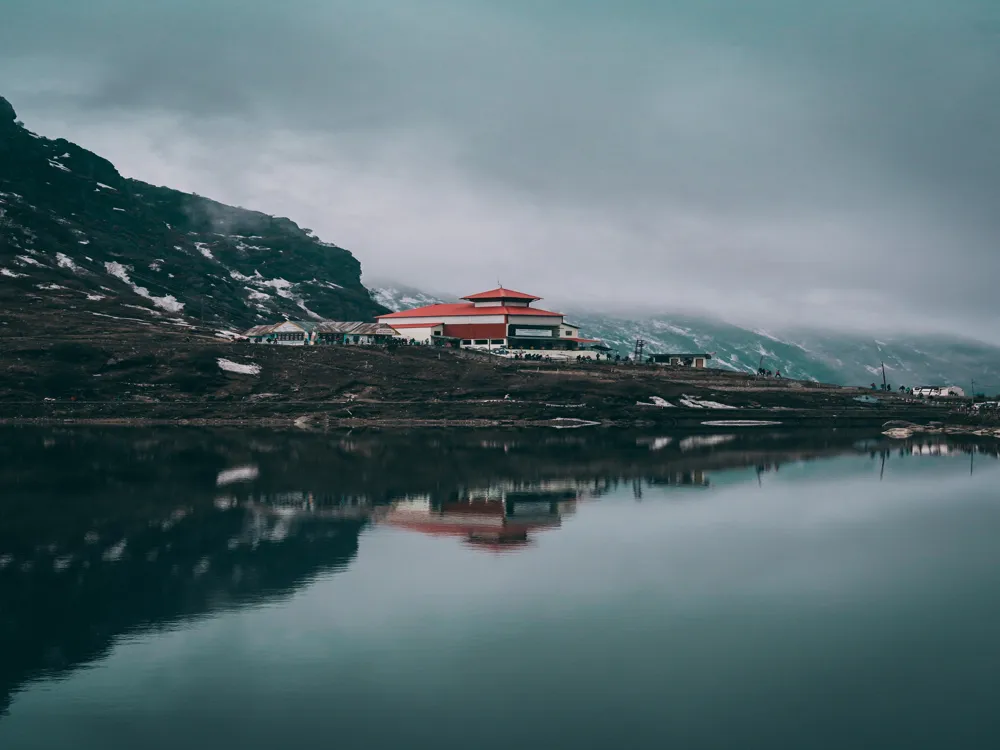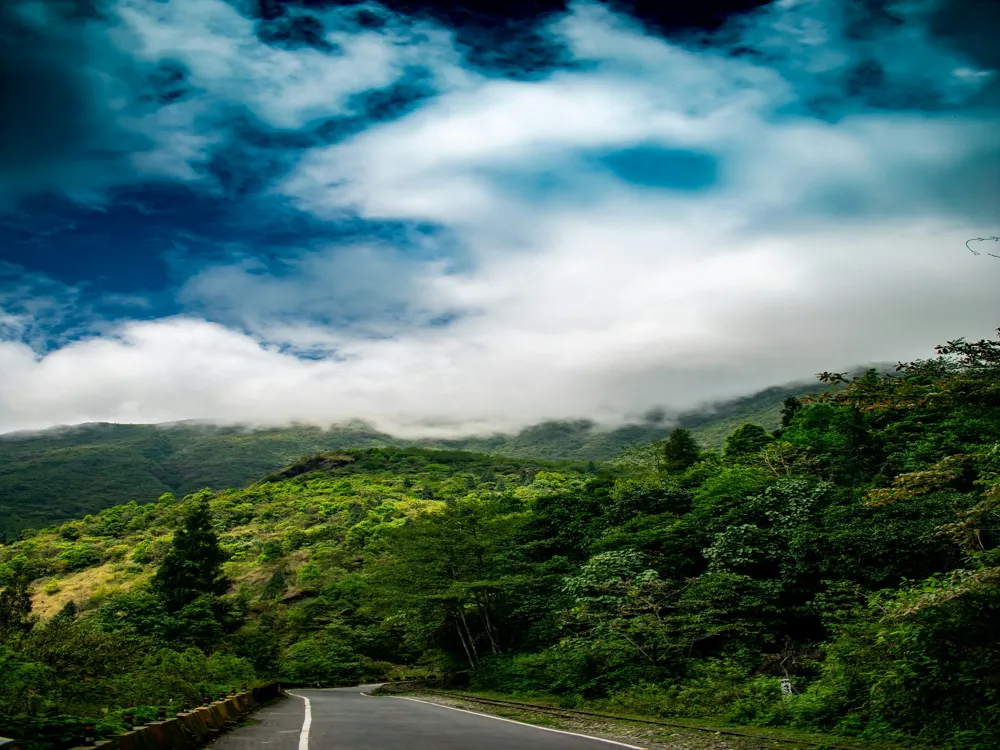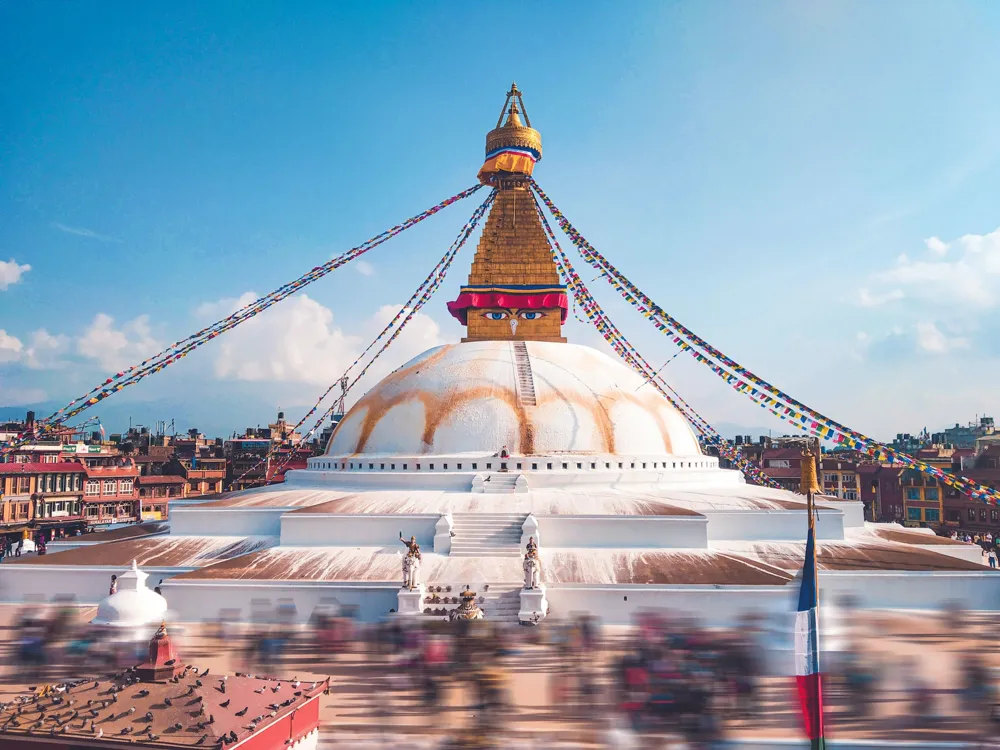Nestled in the serene Phobjikha Valley of Bhutan, the Wangmo Hand-Woven Carpet Factory stands as a testament to the country's rich cultural heritage and artistic prowess. This factory is not just a production house for carpets but a beacon of traditional Bhutanese craftsmanship. Established several decades ago, the Wangmo Hand-Woven Carpet Factory has been diligently preserving the age-old techniques of carpet weaving, passed down through generations. The process of carpet making here is entirely hand-driven, beginning from the spinning of wool to the intricate process of dyeing, weaving, and finally finishing the carpets. The wool used is often sourced locally, supporting the pastoral communities in Bhutan. The natural dyes, derived from plants and minerals, give the carpets their vibrant and lasting colors. Each carpet produced in the Wangmo Factory tells a story, featuring traditional Bhutanese motifs and patterns that are deeply symbolic and representative of the nation's mythology and beliefs. The Wangmo Hand-Woven Carpet Factory plays a significant role in empowering local communities, especially women, by providing employment and skill development opportunities. The art of carpet weaving is not only a source of income for these artisans but also a means of keeping their culture alive and thriving. Visitors to the factory can witness the meticulous process of carpet making, engage with the artisans, and learn about the rich tapestry of Bhutanese history and culture embodied in each weave. The architecture of the Wangmo Hand-Woven Carpet Factory is a harmonious blend of traditional Bhutanese design with practical modern needs. The building is structured to reflect Bhutan's distinctive architectural style, featuring classic elements like whitewashed walls, intricately carved wooden windows, and sloping roofs. However, what sets the factory apart is its adaptation to the needs of a weaving facility. Large windows are a critical aspect of the design, allowing natural light to flood the workspaces, crucial for the detailed work of carpet weaving. The interior of the factory is spacious, with an open-plan layout that facilitates the setting up of large handlooms and provides ample space for the weavers to work comfortably. The use of local materials in construction not only makes the building eco-friendly but also helps it blend seamlessly with its picturesque surroundings. The factory's design also incorporates elements that pay homage to the cultural significance of carpet weaving in Bhutanese society. This includes thematic murals and artworks that adorn the walls, depicting scenes and symbols relevant to Bhutanese folklore and traditions. The overall architecture is not just functional but also serves as a living museum, educating visitors about the rich weaving heritage of Bhutan. Before visiting the Wangmo Hand-Woven Carpet Factory, it's advisable to check the opening hours and any special events or demonstrations that might be scheduled. It's best to allocate at least a couple of hours for the visit to fully appreciate the art of carpet weaving. As the factory is a representation of Bhutanese culture and traditions, visitors are encouraged to dress modestly and respectfully. Comfortable footwear is recommended as you will be on your feet for most of the tour. Don't hesitate to engage with the artisans. They are usually more than happy to share insights about their craft. This interaction not only makes your visit more enriching but also shows respect and appreciation for their work. The Wangmo Hand-Woven Carpet Factory is accessible via road from the capital city, Thimphu. The journey offers scenic views of the Bhutanese landscape and takes approximately 4 hours by car. Public transport options are available but less frequent. For a more comfortable journey, consider hiring a taxi or joining a guided tour that includes transportation to the factory. Upon reaching Phobjikha Valley, local signage and maps will guide you to the factory. The last stretch of the road may be a bit rugged, typical of Bhutan's terrain, adding to the adventurous aspect of the journey. Read More:Overview of Wangmo Hand-Woven Carpet Factory in Phobjikha Valley
Architecture of Wangmo Hand-Woven Carpet Factory
Tips When Visiting Wangmo Hand-Woven Carpet Factory
Plan Your Visit
Dress Respectfully
Engage with Artisans
How To Reach Wangmo Hand-Woven Carpet Factory
Wangmo Hand-Woven Carpet Factory
Phobjikha Valley
₹ 35,368 onwards
View phobjikha-valley Packages
Weather :
Tags : Landmark
Timings : May be closed on national holidays.
Planning a Trip? Ask Your Question
Phobjikha-valley Travel Packages
View All Packages For Phobjikha-valley
Top Hotel Collections for Phobjikha-valley

Private Pool

Luxury Hotels

5-Star Hotels

Pet Friendly
Top Hotels Near Phobjikha-valley
Other Top Ranking Places In Phobjikha-valley
View All Places To Visit In phobjikha-valley
View phobjikha-valley Packages
Weather :
Tags : Landmark
Timings : May be closed on national holidays.
Planning a Trip? Ask Your Question
Phobjikha-valley Travel Packages
View All Packages For Phobjikha-valley
Top Hotel Collections for Phobjikha-valley

Private Pool

Luxury Hotels

5-Star Hotels

Pet Friendly










